Vested interest: The history of the waistcoat
Favoured by Byronic bluesmen, Eton pops and rotund royalty, the waistcoat and its later iterations are an integral part of the Englishman’s wardrobe, says Simon Mills.


Every man has his gilet avatar, his sleeveless idol, his waistcoat warrior. Sartorial inspiration may come by way of Robert Redford, resplendent in a dreamy cream three-piece, double-breasted suit in the 1974 film The Great Gatsby, or Michael Douglas’s fearsome financier Gordon Gekko, matching a Wall Street waistcoat with a fat Cuban stogie. Or Sir Gareth Southgate, all shirt sleeves and Peaky Blinders styling in the dug-out for England’s 2018 World Cup campaign. Perhaps Woody’s cow-print number in Pixar’s ‘Toy Story’ series, Tom Kitten’s hand knit, German artist Joseph Beuys’s fly-fishing vest or, if you don’t mind going trouserless, the fetching, plum-toned option favoured by New York alley-dwelling Top Cat?
When I was 14, back in the 1970s, the waistcoat GOAT du jour was one Francis Rossi, Status Quo frontman and a committed vest lifer. During the 12-bar boogie of his 60-plus-year career he has rarely been seen without one, its reliable presence in his wardrobe suggesting a certain formality, but also an honesty and an endearing jackets-off, sleeves rolled-up, let’s-get-down-to-this-ness. In his torso-defining waistcoat and collarless shirt, his long silky hair flailing like a supermodel’s in the wind machine, his peak era — let’s say 1974–75 — was half Byronic bluesman, mostly stevedore, part Lawrentian gardener. The young me was smitten.

Gareth Southgate celebrates after the 2018 World Cup Round of 16 match between Colombia and England in Moscow.
I raided my father’s wardrobe for one of these mysterious items and emerged with a very un-rockin’ mustard melton variant that was, of course, about three sizes too big. It was styled, à la Rossi, with a plain white T-shirt, blue ‘loon’-cut jeans and — oh, dear — my Clark’s school shoes (how I longed for square-toed cowboy boots).
Of course, Rossi and Top Cat weren’t the first waistcoat devotees (Depeche Mode’s Dave Gahan has now taken over Rossi’s mantle as rock music’s primo waistcoat wearer and, like Top Cat, Gahan prefers to go without a shirt underneath his).
However, businessmen, Hussars and cavemen have favoured arm-less attire for centuries. In the mid 1600s, Samuel Pepys was calling it a ‘vest’, the origin and etymology of the ‘waist coat’ nomenclature still not 100% certain. Was it simply a shortened ‘coat’ cut by the tailor at the ‘waist’ or a ‘waste coat’ made of excess material left over from running up a jacket and trousers? There is even a theory that the ‘coat’ is actually an anglicising of ‘cot’, itself a shortened form of the French word tricot (wool), ergo, waste wool. The debate rages on.
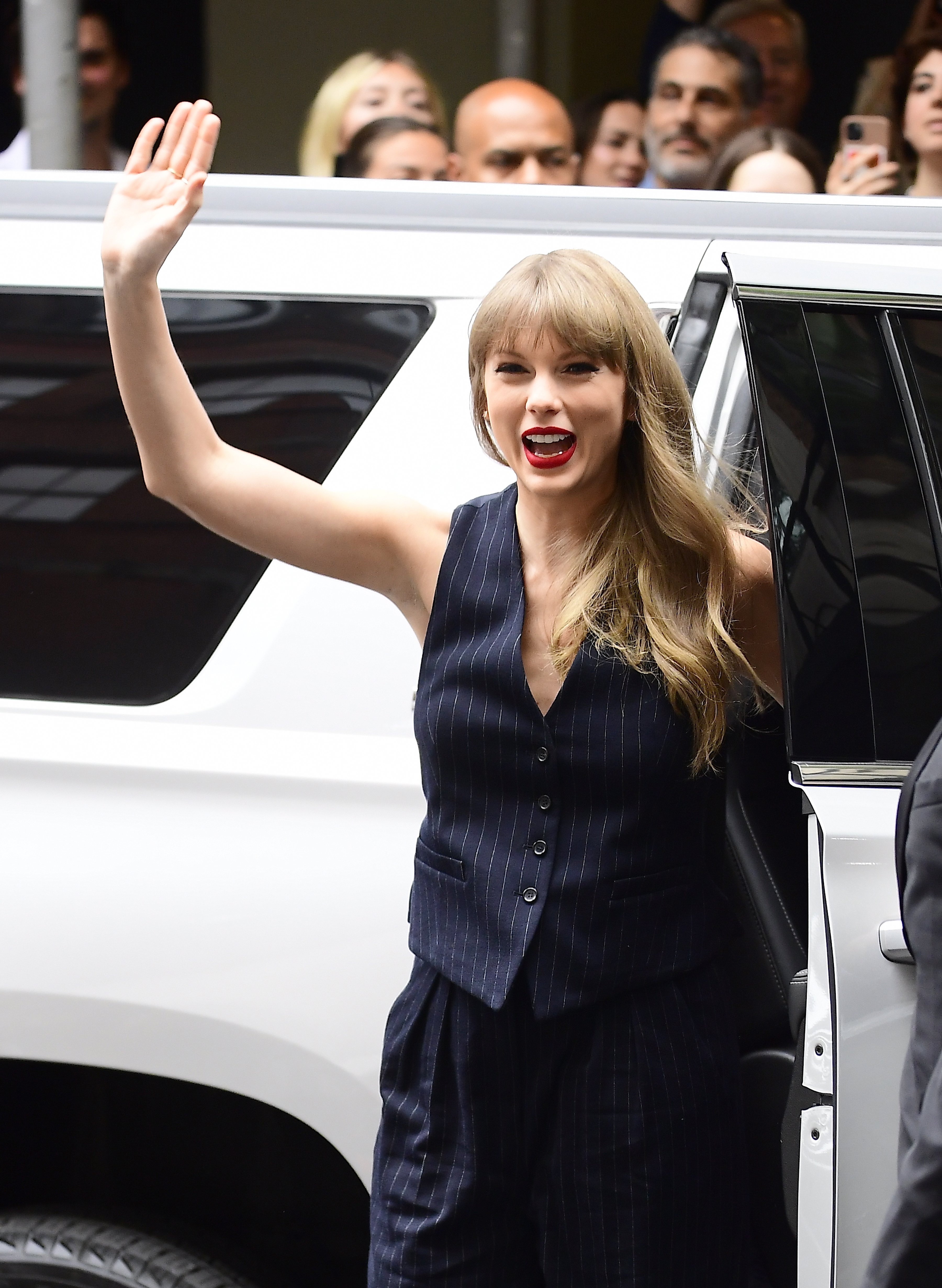
Waistcoats are not just the style choice of men, as demonstrated by Taylor Swift in chic navy.
Then there’s the pronunciation. Making it two, clearly enunciated words—‘waist’ and ‘coat’ — has long been regarded as déclassé with the more military/Savile Row-speak of ‘wais’ cut’ becoming fashionable. ‘Weskit’ is a bit affected and unnecessarily yee-haw for the Brits. If you are American, it’s always a ‘vest’ (in the US, a cotton vest is a ‘singlet’).
The first examples were made during the English Civil War. Shivering troops wore waistcoats made on the hoof and battlefield, by turning old overcoats inside-out, exposing the coloured lining and removing the sleeves for fitting under their outer garments. This is probably where the silk back of the traditional dress waistcoat has its beginnings.
Exquisite houses, the beauty of Nature, and how to get the most from your life, straight to your inbox.
Military garb has a habit of finding a second life on civvy street and versions based on the high-buttoning sadri and bandi designs from Persia and India started to make their way into the hands of Britain’s tailors. Fashionplate Charles II decided to make the waistcoat official in 1666 — decreeing it to be an integral part of an Englishman’s ‘correct’ dress, with Pepys marking the momentous sartorial occasion in his dairies: ‘The King hath yesterday declared his resolution of setting a fashion for clothes which he will never alter. It will be a vest, I know not well how.’
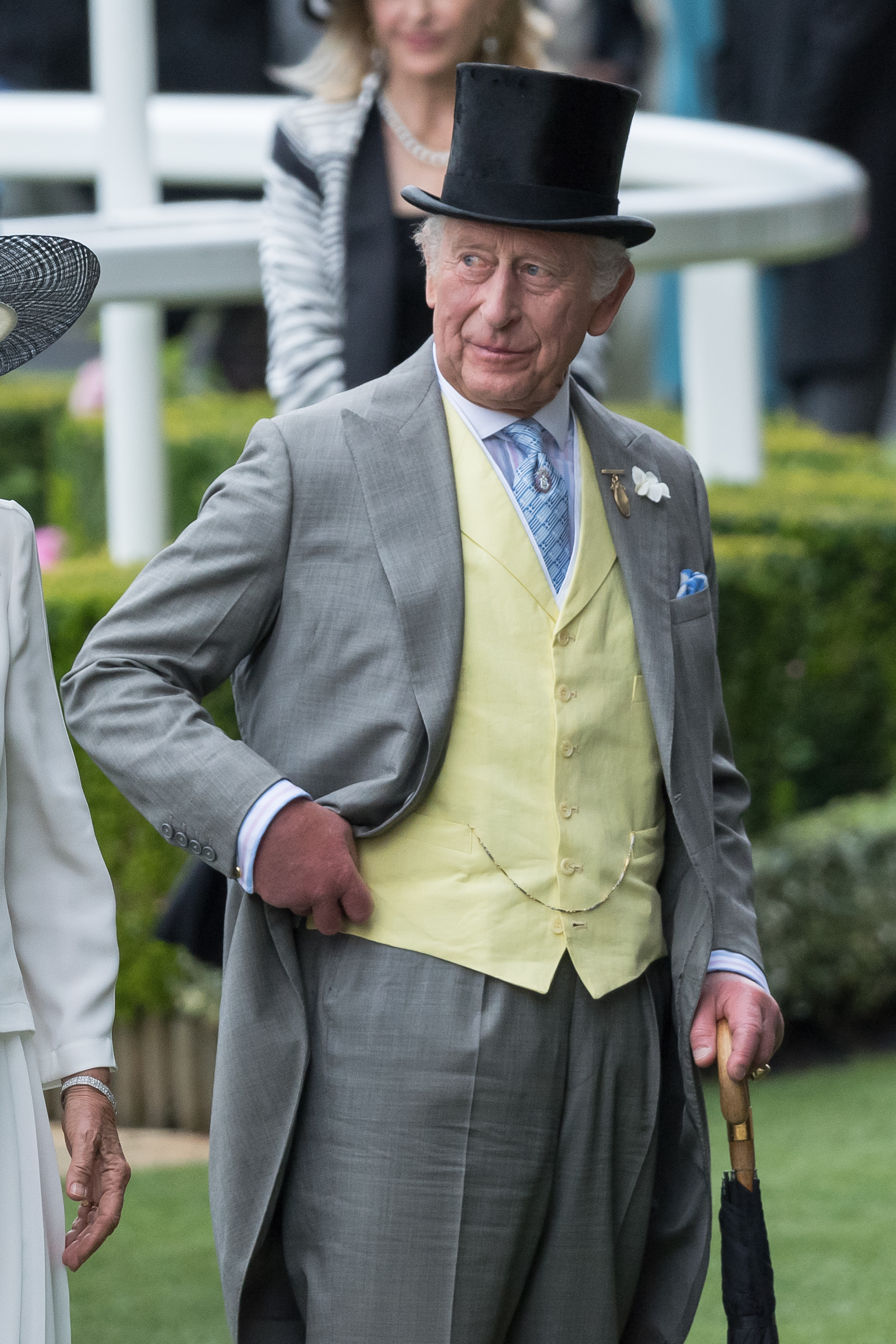
Our King is also a fan of the clothing item.
The flattering corseting effect is not to be underestimated, either. Regency men of girth and vanity would wear their vests shorter and buttoned close to the body to show off waspish waists and Brummel-types sometimes added a corset underneath for an exaggerated silhouette. On one overheated and over-constricted occasion in 1821, George IV was almost rendered unconscious by the tautness of his corset-and-waistcoat combination and something had to give — the waistcoat’s bottom button, as it turns out.
In the early 20th century, the future Edward VII found himself both a glutton and a fancy man. Inevitably, his Olympic-sized greed made him so fat that he could no longer do up the bottom button on his high-buttoning ‘ghillie’ waistcoats. To save his embarrassment, courtiers followed suit, politely unbuttoning their own waistcoats’ bottom buttons, too (the Prince of Wales is also widely credited with inventing turn-ups and central creases down the front of trousers).
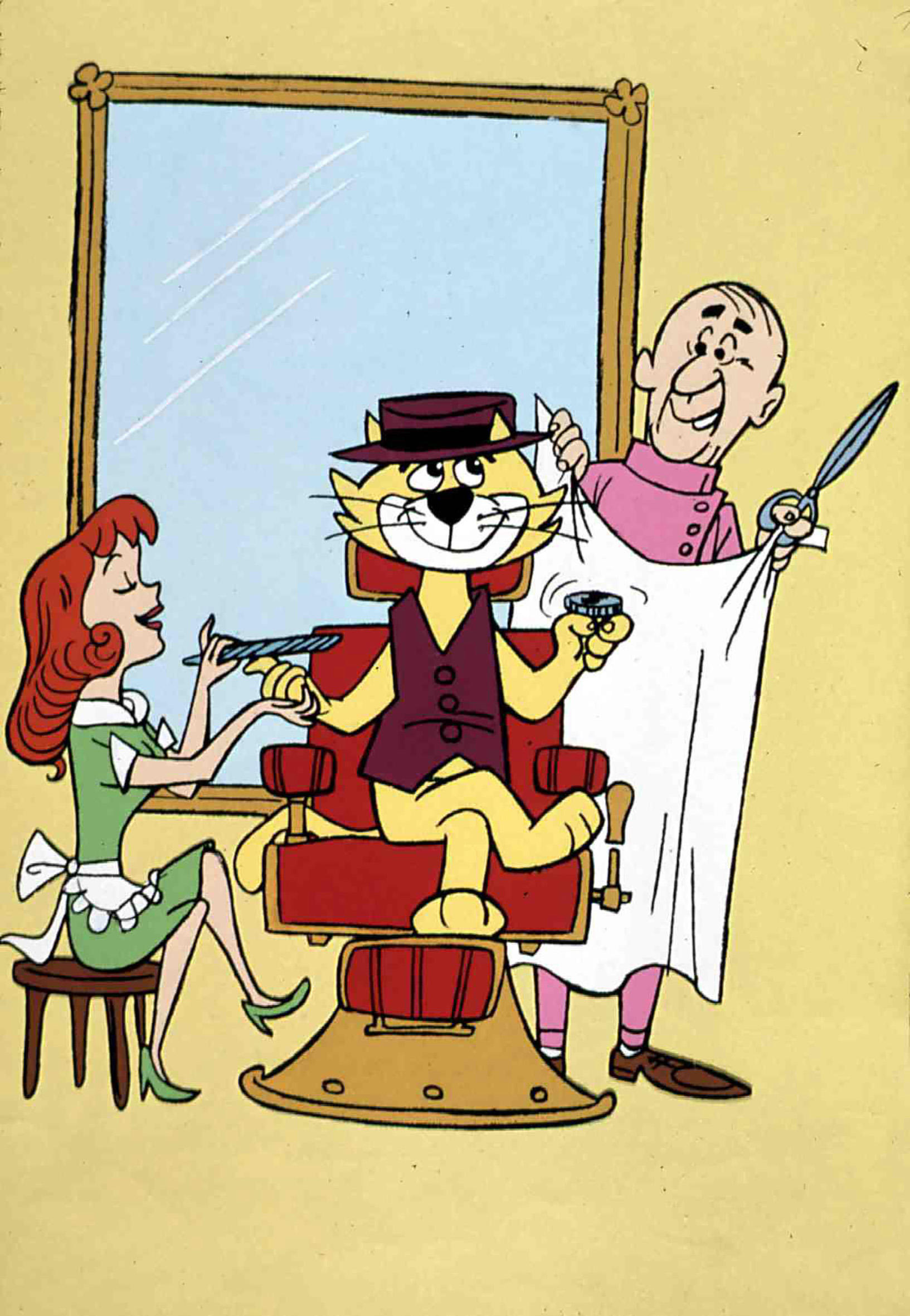
Top Cat — forever stylish.
Another notion posits the lower fastening affection as mere dandy detail — swanky young men sporting two waistcoats at the same time and leaving the top waistcoat’s bottom button undone so that you could see a flash of the one underneath. The look was popular with the boys of Eton Pop, too.
The most likely explanation is hours spent in the saddle — Britain’s portly horsemen freeing the last buttons on their waistcoats for comfort when hunting and to stop their vests riding up at the back. The open-bottom-button style never caught on in the US, but the Americans were kind enough to give us Britons (and Europeans) their very own sleeveless tog.
Ride London’s Jubilee Line from West-minster to Canada Water or Canary Wharf during the hectic commuter hours and you’ll see young city-bro types from old investment banks on their way to work in the new business uniform of grey flannel trousers cut European-style, a pale-blue shirt paired, somewhat incongruously, with an outdoorsy Patagonia gilet (either the lightly-padded ‘Nano Puff’ model or the fleecy ‘Better Sweater’ in marl grey or navy) or the Fulham flak jacket, the trusty Schöffel. The showier banker bro will also have the sleeveless schmatta proudly embroidered with his power employer’s livery — J. P. Morgan, Morgan Stanley, Goldman Sachs, Deutsche Bank, Citibank and so on — just above the vital Patagonia logo.
Regarded as strictly outdoor apparel at first — British equestrians, guns and Sloanes had their own versions in the 1980s (remember the ubiquitous Puffa aka the original duvet clothing company?) these gilets are now de rigueur at international events such as the Fortune Global Tech Forum in Guangzhou, China, and the World Economic Forum in Switzerland. Why? ‘You can’t convince anyone that you want to solve climate change and buy into recycling plastics in bespoke Savile Row or Brioni, can you?’ asks style guru Peter York.
Certainly, says York, the cachet of the gilet-centric wardrobe has come as a great relief to Canary Wharf and the Square Mile. ‘Remember dress-down Fridays in the 1990s? That was all very confusing for the City because it required a degree of imagination. I get the impression that they are much happier with the shiny, modern tech-conference vest.’
Yet, is the banker-bro vest actually a bona fide waistcoat? Like the originals from the Civil War, the new, puffy nylon ones are built for insulation and tend to be worn tight to the body, just like George IV and Brummel preferred. Top Cat and Mr Rossi, one suspects, wouldn’t be seen dead in one.
Simon Mills is a journalist, writer, editor, author and brand consultant — and the Bespoke editor at Wallpaper* magazine. He began his career on Just Seventeen and Smash Hits before moving on to work as a freelance writer for The Face and i-D. He was also the Sunday Times Magazine’s deputy editor. Since then he has forged a prolific freelance career specialising in lifestyle features. He was a contributing editor at British GQ for 15 years.
-
 What trees taught me about perfect planting — Alan Titchmarsh
What trees taught me about perfect planting — Alan TitchmarshSense and patience is key to growing healthy trees, as a certain Mr Mackenzie showed a young Alan Titchmarsh
-
 What on earth is the person who comes up with Annabel's otherworldly facade displays on? London's most magical Christmas shop displays
What on earth is the person who comes up with Annabel's otherworldly facade displays on? London's most magical Christmas shop displaysPhotographs by Greg Funnell.
-
 Sweet civilisation: What do you get when you ask architects to compete in a gingerbread competition?
Sweet civilisation: What do you get when you ask architects to compete in a gingerbread competition?The Gingerbread City is back in London’s Kings Cross. Lotte Brundle pays it a visit.
-
 Sophia Money-Coutts: A snob's guide to meeting your in-laws for the first time
Sophia Money-Coutts: A snob's guide to meeting your in-laws for the first timeThere's little more daunting than meeting your (future) in-laws for the first time. Here's how to make the right kind of impression.
-
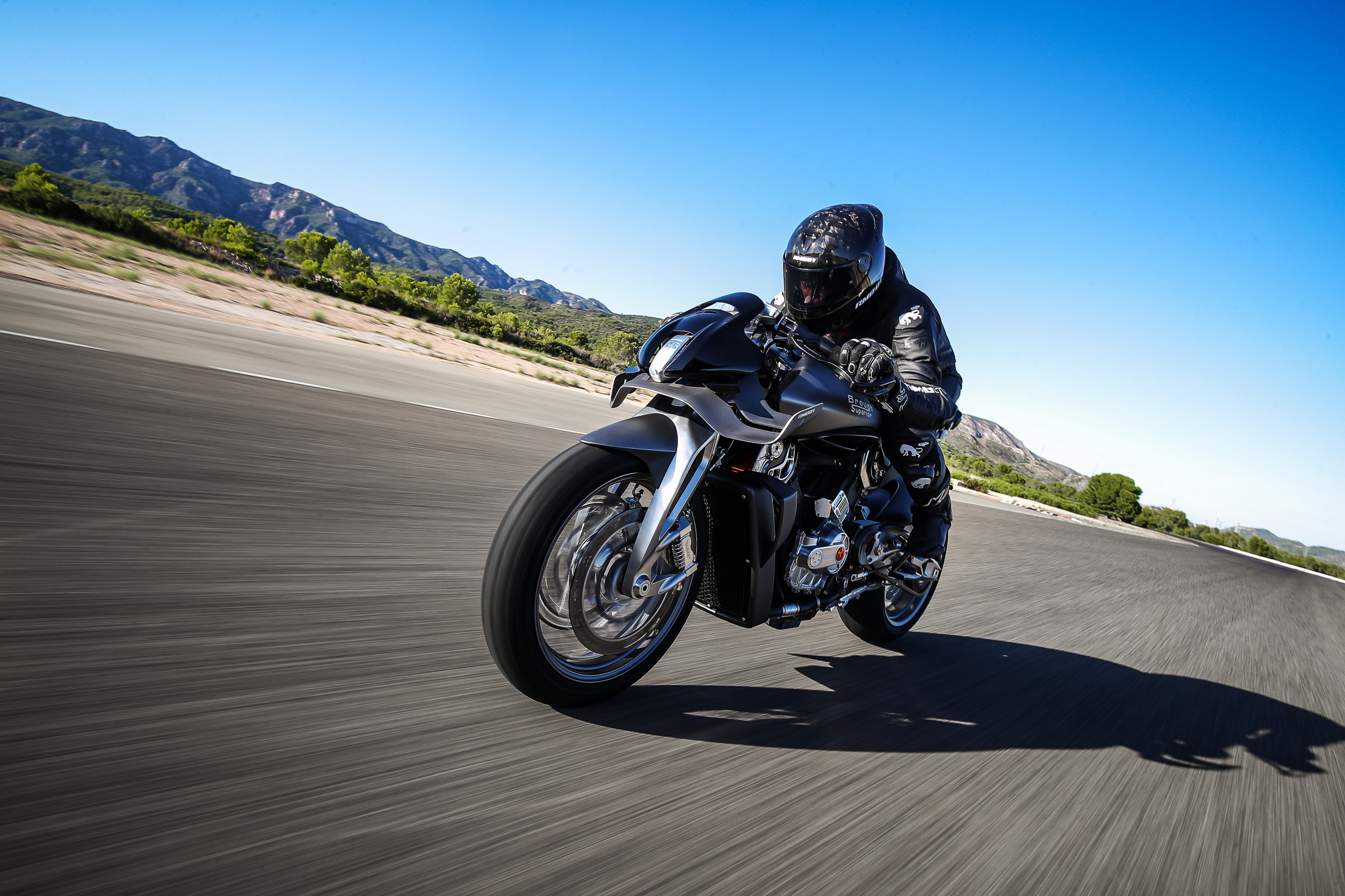 This machine is what happens when the Rolls-Royce of motorbikes and the most innovative of watchmakers join forces
This machine is what happens when the Rolls-Royce of motorbikes and the most innovative of watchmakers join forcesBrough Superior and Richard Mille, two brands renowned for perfection, have created something that is exactly that.
-
 ‘Each one is different depending on what mood I’m in, how I'm feeling and how my energy is’ — meet the carver behind Westminster Hall's angel statues
‘Each one is different depending on what mood I’m in, how I'm feeling and how my energy is’ — meet the carver behind Westminster Hall's angel statuesBespoke woodcarver William Barsley makes unique scale replicas of the angels that gaze over Westminster Hall, the oldest part of the palace of Westminster.
-
 If chess is 'the supreme board game', then it deserves to be played on boards like these
If chess is 'the supreme board game', then it deserves to be played on boards like theseChess sets and backgammon boards are a familiar sight on drawing-room tables, but one expert Highland woodworker is refashioning their forms in beautiful new ways.
-
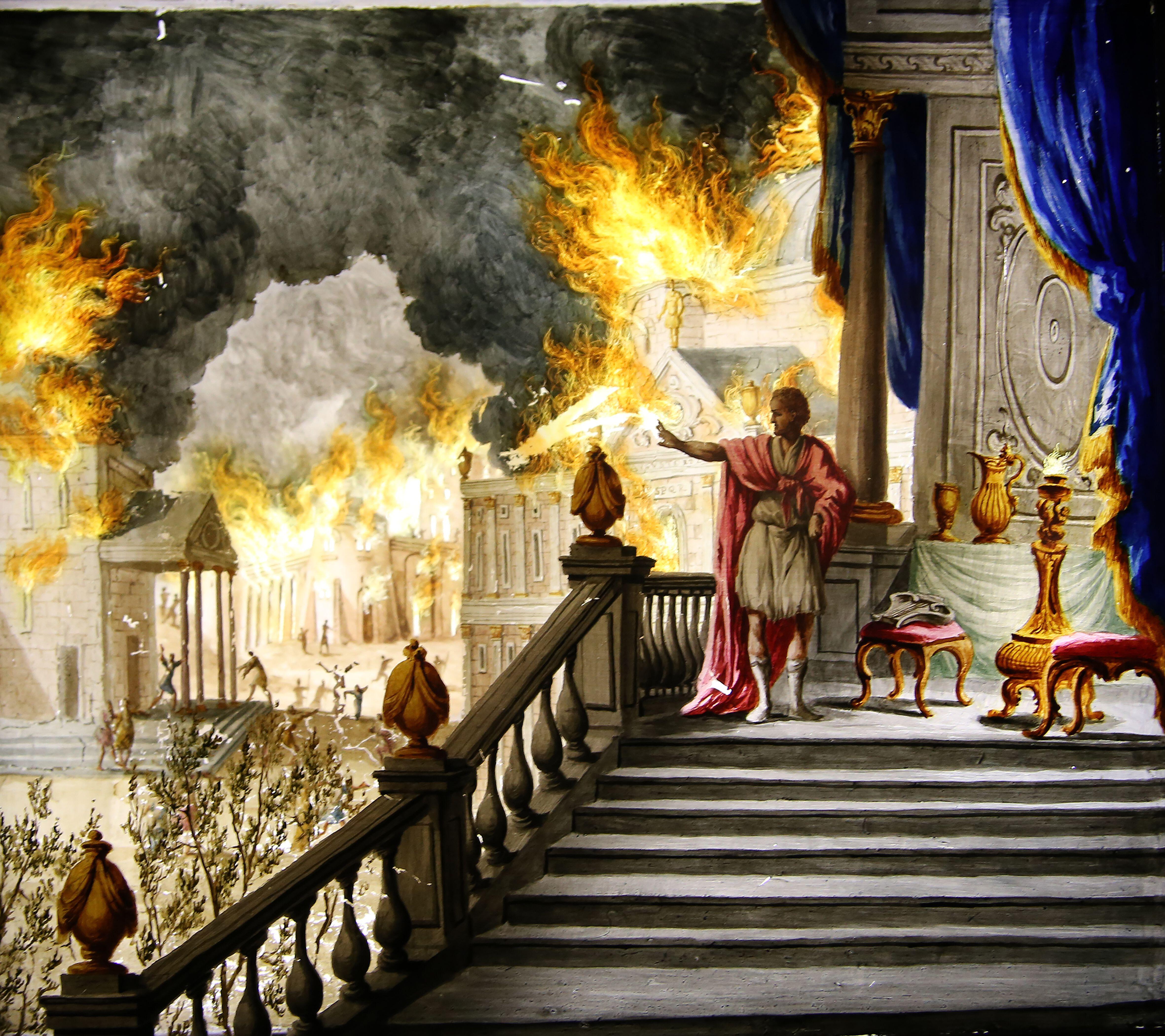 What is everyone talking about this week: Thanks to modern-day technology, people were far happier in the days when Nero was setting Rome ablaze
What is everyone talking about this week: Thanks to modern-day technology, people were far happier in the days when Nero was setting Rome ablazeWas the ancient world's superior happiness down to its ‘superior production of art’?
-
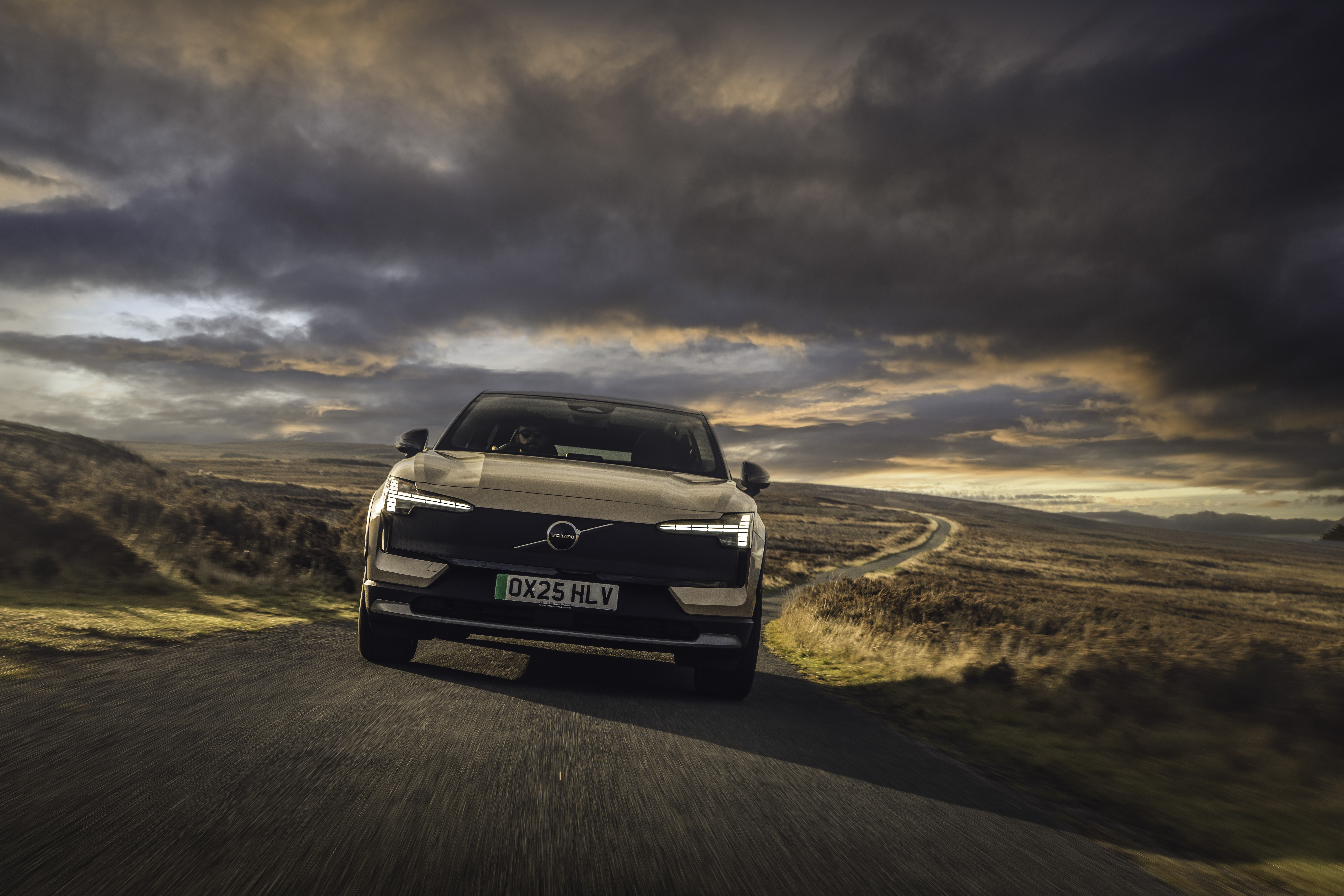 A slick looking off-roader that's a far cry from its rustic rural roots — Volvo EX30 Cross Country
A slick looking off-roader that's a far cry from its rustic rural roots — Volvo EX30 Cross CountryThe latest iteration of Volvo's Cross Country is flashy, fast and stylish. But is that what a Volvo Cross Country is supposed to be?
-
 ‘I cannot bring myself to believe that Emily Brontë would be turning over in her grave at the idea of Jacob Elordi tightening breathless Barbie’s corset’: In defence of radical adaptations
‘I cannot bring myself to believe that Emily Brontë would be turning over in her grave at the idea of Jacob Elordi tightening breathless Barbie’s corset’: In defence of radical adaptationsA trailer for the upcoming adaptation of 'Wuthering Heights' has left half of Britain clutching their pearls. What's the fuss, questions Laura Kay, who argues in defence of radical adaptations of classic literature.
